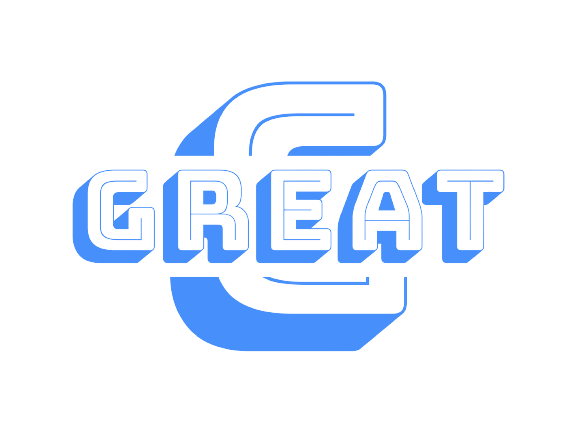What is Bevel?
A bevel refers to a surface on a component that is angled at various degrees in relation to a reference plane.
The extent of this angle, which signifies the inclination of the bevel concerning the base plane, is primarily gauged through the degree of tilt.
In the manufacturing of components, milling stands out as a primary technique employed to create bevels. These bevel angles can manifest at angles other than 45 degrees.
The purpose of incorporating bevels lies in enhancing attributes like wear resistance, safety, and visual appeal of the machined parts.
For instance, bevels are commonly integrated into the blades of cutting tools, mirrors, and glass furniture to prevent potential harm arising from sharp glass edges.
What is Chamfer?
Chamfering involves the process of cutting or shaping the edges and corners of a workpiece to create a specific slanted surface.
This technique serves to eliminate the raised edges that can result from the machining process, while also facilitating the assembly of machined components.
Chamfers are typically introduced at the extremities of these components and encompass both external and internal variations.
The outer chamfer is convex, thereby constituting a raised edge on the outside, while the inner chamfer is concave, signifying a groove or recess on the inner side of the part.
The functions of chamfering encompass the removal of sharp edges to ensure safety, guiding during assembly, and refining the aesthetic quality of machined elements.
Moreover, chamfering is vital for bearing steel components before undergoing heat treatment, as it significantly contributes to stress release, internal structure redistribution, crack avoidance, and deformation reduction.
Bevel and Chamfer Design in CNC Machined Components
In the realm of agricultural machinery parts, particularly the terminations of cylindrical components and round perforations, chamfers of approximately 45 degrees are frequently applied.
These chamfers possess various utilitarian roles and must be meticulously assessed and effectively harnessed during maintenance operations.
Failure to do so might introduce complications in the maintenance of agricultural machinery, possibly resulting in unforeseen malfunctions.
For instance, even in processes such as the formation of small parts like bolts, chamfering is executed to facilitate the smooth entry of material into the forming die.
Considering the Financial Implications of Bevel and Chamfer Implementation
Although bevels and chamfers are frequently employed to safeguard components and users, their incorporation often has more to do with aesthetics than functional necessity.
Adding these extra features can elevate the production cost of machined components. Before introducing a bevel or chamfer into a design, practical inquiries should be posed:
- Is the inclusion of bevels or chamfers indispensable for the part’s operation?
- Are bevels required to enhance safety?
- How can the tolerances of bevels or chamfers be verified?
- Is the integration of bevels and chamfers a cost-effective choice for the design?
Features like bevels and chamfers necessitate additional time during the manufacturing process.
Even a modest 5% escalation in time per part accumulates into a noteworthy cost increase when multiplied across the production volume.
If these embellishments lack essential function or purpose, reconsider incorporating them.
Furthermore, designated tolerances for bevels or chamfers should be thoroughly examined, as tighter tolerances demand more manufacturing and inspection time, driving up expenses.
Cost-Effective Applications of Chamfering
While the ornamental applications of chamfers should be assessed to prevent unnecessary manufacturing expenses, certain cost-effective chamfering applications exist.
For instance, countersinking threaded holes aids in averting burrs during the tapping process, which could impact the cohesion of mating surfaces.
Countersinks also ensure accurate alignment of bolts, sidestepping expensive cross-threading during assembly.
In situations such as aircraft rivets, precise countersinks are pivotal, necessitating strict tolerances to ensure sufficient mating material for secure connections.
